The Kid Whisperer: How to deal with a sleeper in class
Published in Lifestyles
Dear Kid Whisperer,
I teach eighth-grade math. I have a student who sleeps (pretends to sleep?) through my class most days. Talking about it with him is not working. What do I do?
Answer: Ahh, the middle-school sleeper: Long has he or she been a thorn in the side of many a teacher.
What is to be done?
First, we must determine whether or not the sleeping is authentic, actual sleeping due to a medical or social issue, or if it is sleeping (or pretend sleeping) aimed at winning a power struggle. This is, by far, the most difficult part of this procedure.
To do part one, you must use Behavioral Leadership procedures and strategies that that are necessary but cannot be fully described here.
First, Real-World Workshop must be used so that students can feel that they can be done with work. Once well-differentiated “Now” activities have been completed, amazingly fun but still common core standard applicable “Laters” are available, tailored to be highly reinforcing for every student. These “Laters” need to be 1,000 times more fun than putting one’s head down on a hard wooden board and sleeping, or pretending to sleep.
Next, we must systematically and almost constantly raise the amount of attention kids are getting in the classroom who are not sleeping or pretending to sleep by using Strategic Noticing of all non-sleeping children, whereby we pepper (every 90 seconds at a minimum) all students using positive behaviors with attention, and thereby control, when they are using positive behaviors, especially those behaviors that are antithetical to sleeping or pretending to sleep.
For full instruction on Real-World Workshop and Strategic Noticing, you can read my book ("The Classroom Behavior Manual," 2022).
Now that we have put in a plan in place for making the sleepy behaviors not get functional avoidance of work, and not get more attention than kids doing what they should be doing, we must gently guide the sleepy student toward positive behaviors while simultaneously keeping him awake. That way, he can notice that others are getting done with their work and are getting to do “Laters,” and that everyone else is getting more attention for acting non-sleepy.
Here's what it would look like if I put this all together in your classroom. Keep in mind that I would make the “Nows” especially easy for Mr. Sleepy and I would design an incredibly reinforcing “Later” just for him, perhaps giving him and a few other students individualized Real-World Workshop folders.
Kid Whisperer: Feel free to do your “Laters” as soon as you complete your “Nows.”
Kid Whisperer (while moving around the room and often hovering next to students): I noticed Kid #6 is on task. I noticed Kid #24 and Kid #11 are working collaboratively on their first “Now.”
Kid Whisperer (in a whisper, to Kid #18, otherwise known as Mr. Sleepy, who is currently living up to his name): Are you OK?
Kid #18 doesn’t budge.
Kid Whisperer (while still moving around the room and still often hovering next to students): I noticed Kid #4 has completed three out of five problems. I noticed Kid #20 is seated and on task. I noticed that Kid #9 is showing all of her work.
Kid Whisperer taps Kid #18 on the shoulder or knocks gently but firmly on his desk as he walks by the desk, never stopping his stroll around the room.
Kid Whisperer continues and repeats all of these interventions while he teaches content. Students doing the right things are being giving attention and are getting to do really cool stuff that sleepers and people not working hard don’t get to do.
If Kid #18 still is sleeping, especially if he appears to really be sleeping hard (drooling is a sign of this) you are probably looking at a medical or social issue, in which case the appropriate thing to do is allow the student to sleep (hopefully in a nurse’s office) in the short term, and contacting and working with the appropriate medical or social services, or parents, in the mid-term.
In any case, using these strategies and procedures can help you to calmly figure out what is going on with the student while continuing to teach, and while gently guiding the student back to being a positive, prosocial member of the classroom.
____
©2025 Tribune Content Agency, LLC.



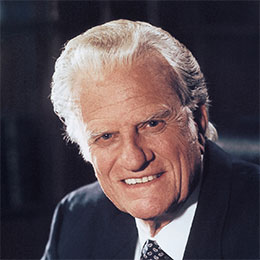




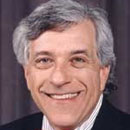







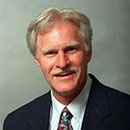

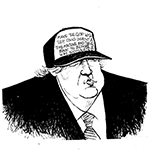



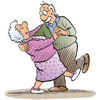

Comments